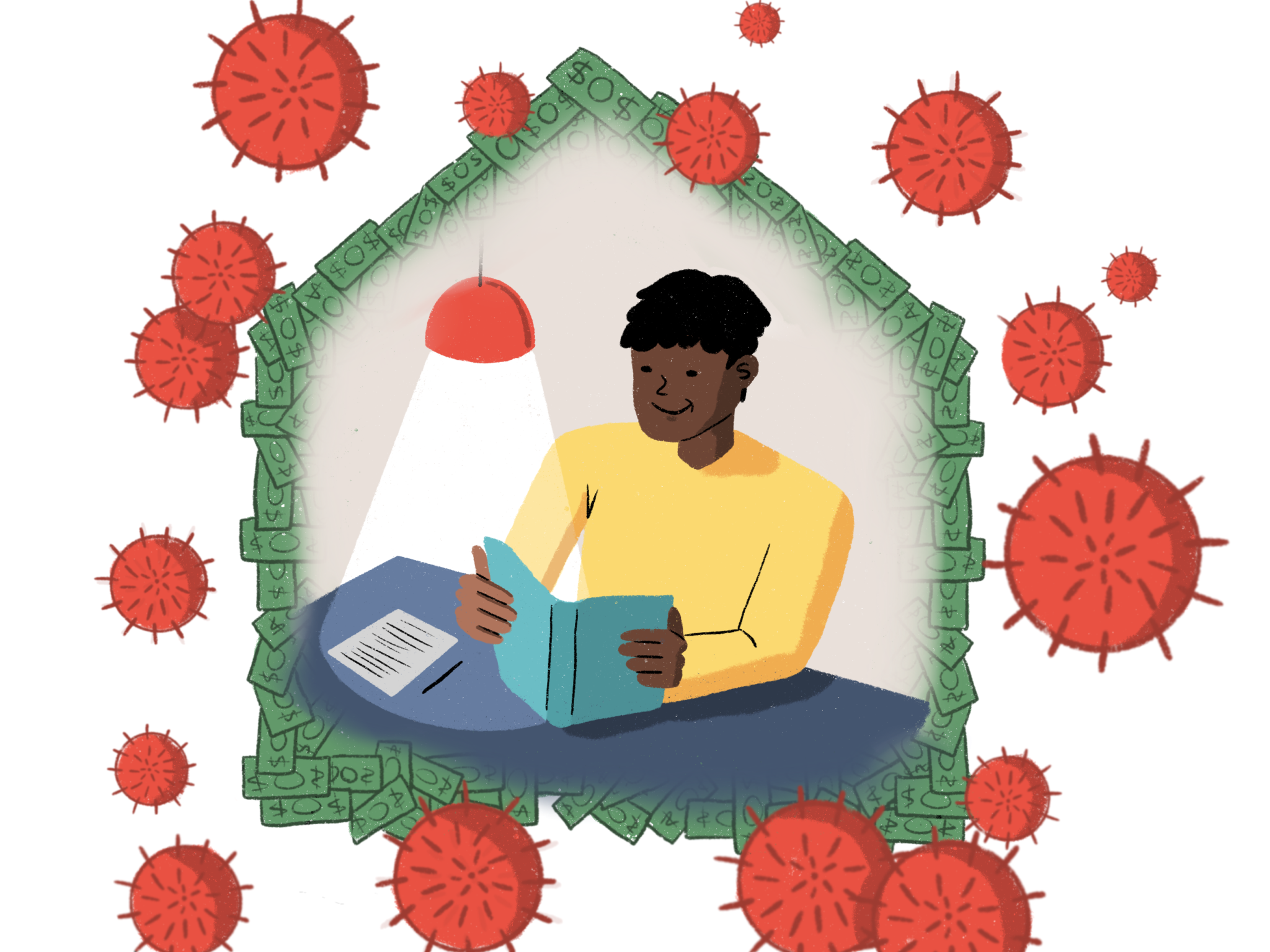

This editorial represents the opinion of 12 out of 14 Outlook editors.
As a new school year begins amid the pandemic, colleges and universities are faced with the decision to open their campuses this fall, taking into account factors such as student safety, revenue and quality of education. Although some colleges have chosen to host students and others have begun to administer online learning, the editors of the Outlook believe that colleges should not be open for in-person classes this semester.
There are many fixed costs in running such institutions, from building maintenance to employing staff
The main motivating factor for colleges to reopen this semester is money. There are many fixed costs in running such institutions, from building maintenance to employing staff. Moreover, the abrupt end to the spring semester put colleges in a precarious economic position as they lost revenue due to cancellations of sports and summer events, including hundreds of millions of dollars from March Madness or similar athletic competitions. Some students may have taken a semester or more off from college before returning when colleges are on campus, straining colleges even more or deferred their acceptance to next year. Colleges also gain revenue from fall sports and room and board if they restart in-person learning, another incentive to bring students to campus.
Reopened schools have a responsibility to prevent the spread of COVID-19 among students and faculty, but many do not have the capacity to do so. They can implement periodic testing or socially distanced living spaces to minimize, but not eradicate, the risk. Even at smaller private universities with strict enforcement, school officials are unable to monitor all social activities among campus residents. Students can still find ways to sneak into their friends’ dorms and socialize regardless of set policies.
Moreover, students complying with COVID-19 rules still run the risk of infection when they participate in activities such as leaving campus for groceries, visiting family or even grabbing food in the lunch line. Without sufficient testing after each encounter, schools compromise student and staff safety.
The University of Notre Dame made the decision to backtrack on their initial reopening plan when 19% of their tests reported positive due to a lack of adherence to safety guidelines, a figure that could be an underestimated representation of the total cases. By gambling with students’ lives to reopen campus initially, they wasted resources that could have been allocated to organizing a platform for classes to be taught online. Many colleges are projected to follow this hazardous path — jeopardizing the safety of their community and perpetuating the domino effect of the pandemic. Reopening also sets the dangerous precedent that rigid academic structure trumps physical wellbeing.
Mainly, students are the ones getting and spreading the virus, yet they are not the ones directly harmed by the disease. The Center for Disease Control notes that older people are at much more risk for negative outcomes from COVID-19, and since 55 is the average age for a college professor, many of them are at risk for the worst health effects from the virus.
For others, reductions in-state education revenue has directly impacted salary cuts. Adjunct professors especially lose out in the midst of this crisis. Many work with no job security nor benefits and are forced to work multiple jobs in order to afford housing and utilities. Coupled with an increased risk of health issues, lack of healthcare and a diminishing salary, professors face the devastating consequences of the pandemic.
Low-income students who rely on their universities to provide housing, technology access and food may be having a difficult time completing work remotely
In-person college magnifies the already present inequities within the college system. International students don’t have the travel flexibility of in-state or in-country students and could struggle to return home if their colleges shut down mid-semester. Although colleges may try, creating an equitable learning environment between on and off campus students is difficult. Students that are immunocompromised are inherently disadvantaged if colleges move in-person leading an unequal learning environment. Low-income students who rely on their universities to provide housing, technology access and food may be having a difficult time completing work remotely. Colleges that opened for on-campus learning partially did so for student’s mental health, access to resources such as housing, food and employment opportunities. However, when colleges reopen, they put the safety of their students and faculty behind their economic prospects, hurting the whole community.


